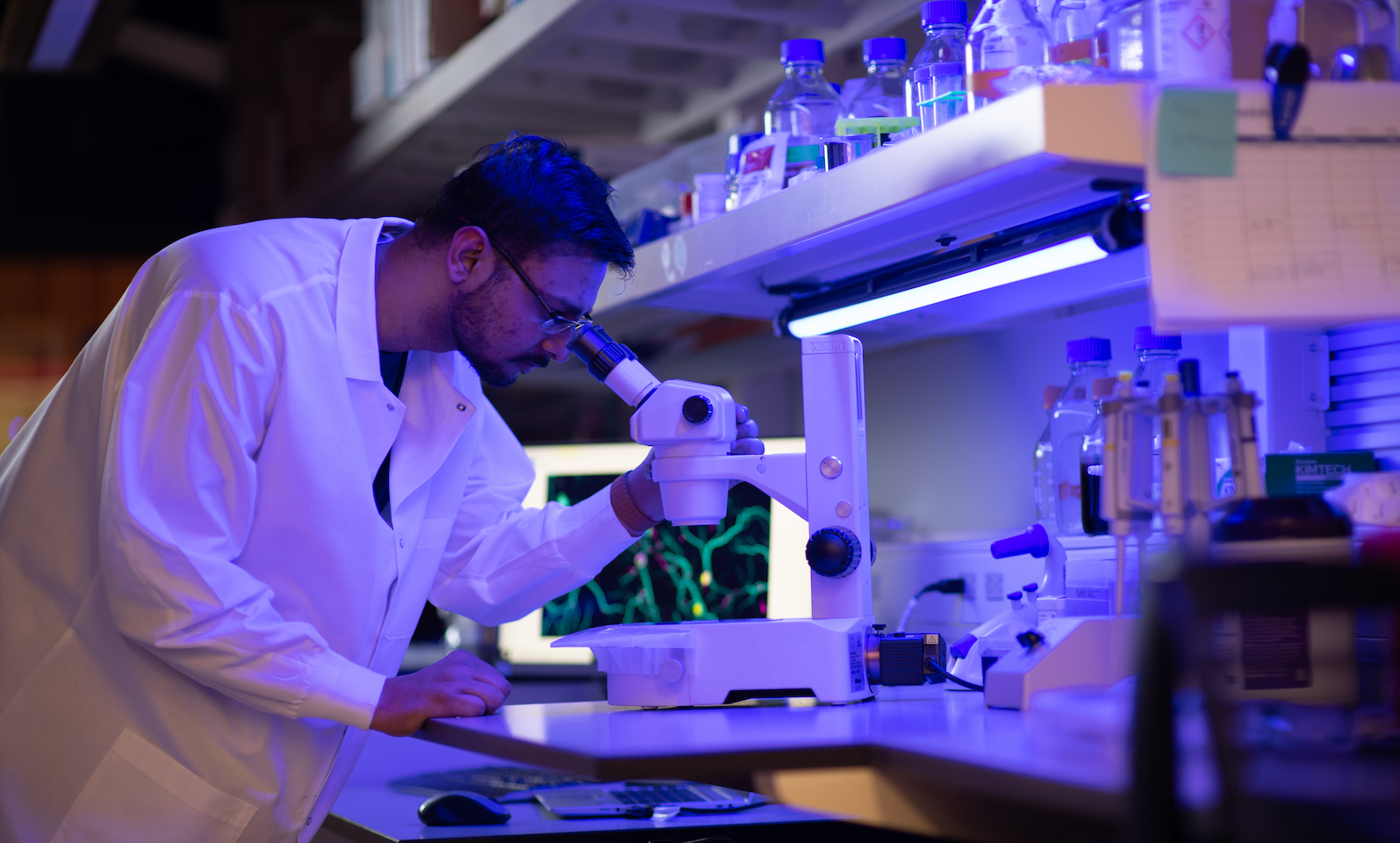5 things to know on Rare Disease Day
February 28, 2023

Rare Disease Day is a time to recognize and raise awareness of the thousands of diseases that are considered “rare” but collectively affect millions.
Here are five things to know about these uncommon disorders:
There are different definitions of “rare” when it comes to rare diseases.
In the U.S., a disease that affects fewer than 200,000 people is considered rare.1 However, in Europe, rare diseases are defined as those that affect less than 1 in 2,000 people.1,2
On their own, these diseases may be rare but together, they affect millions of people.
There are roughly 10,000 known rare diseases.1 Some, like, Aicardi syndrome, affect a handful of people. Others, such as neurofibromatosis type 1, affect thousands. In total, an estimated 30 million people in the U.S. have a rare disease, most of whom are children.1 Estimates place the global number of people with rare diseases between 263 million and 446 million.3
Different rare diseases have different causes.
Some stem from genetic mutations, which occur when instructions in certain genes get scrambled. Sometimes, these mutations are passed down through generations of families. Other times, they occur randomly in a single individual.
Not all rare diseases result from a genetic mix-up. Some diseases can be triggered by infections while others are caused by dysfunction in the immune system.
Studying rare diseases helps people with rare diseases and people with more common diseases.
Since they affect smaller numbers of people than more common diseases, rare diseases often are understudied. For people with rare diseases, this can mean there isn’t enough known about their condition or the right therapies to effectively treat it.
Studying rare diseases is necessary to develop new therapies that improve quality of life and health for people with these disorders. This work frequently has a ripple effect. The systems that keep our bodies healthy and functioning are intricately intertwined, meaning that a discovery in one disease can directly impact what we know about another.
Rare disease research is underway right here in West Michigan.
Many of Van Andel Institute’s labs study rare diseases, including:
- Neurofibromatosis type 1: A disease diagnosed in childhood that causes benign tumors to grow throughout the body. The gene that causes the disease also can elevate the risk of breast cancer.
- Frontotemporal dementia: A progressive group of disorders that cause damage to the frontal and temporal parts of the brain.
- Robinow syndrome: A syndrome that affects development of the skeleton.
- Osteogenesis imperfecta: A set of genetic disorders that impact bone development.
- Sclerosing bone diseases: Conditions marked by development of too much bone.
- Peutz Jeghers syndrome: A disorder in which polyps develop in the intestine and increases the risk of developing cancer.
- MEPAN syndrome: A genetic disorder that causes difficulties with voluntary movement and vision.
Learn more about rare disease research at VAI ➔
Sources
1 Genetic and Rare Diseases Information Center. 2023. About GARD. National Center for Advancing Translational Sciences. https://rarediseases.info.nih.gov/about
2European Commission. 2023. Rare Diseases. https://research-and-innovation.ec.europa.eu/research-area/health/rare-diseases_en
3Wakap SN, Lambert DM, Olry A, Rodwell C, Gueydan C, Lanneau V, Murphy D, Cam YL, Rath A. 2019. Estimating the cumulative point prevalence of rare diseases: analysis of the Orphanet database. Euro J Hum Genet 28:165–173.

